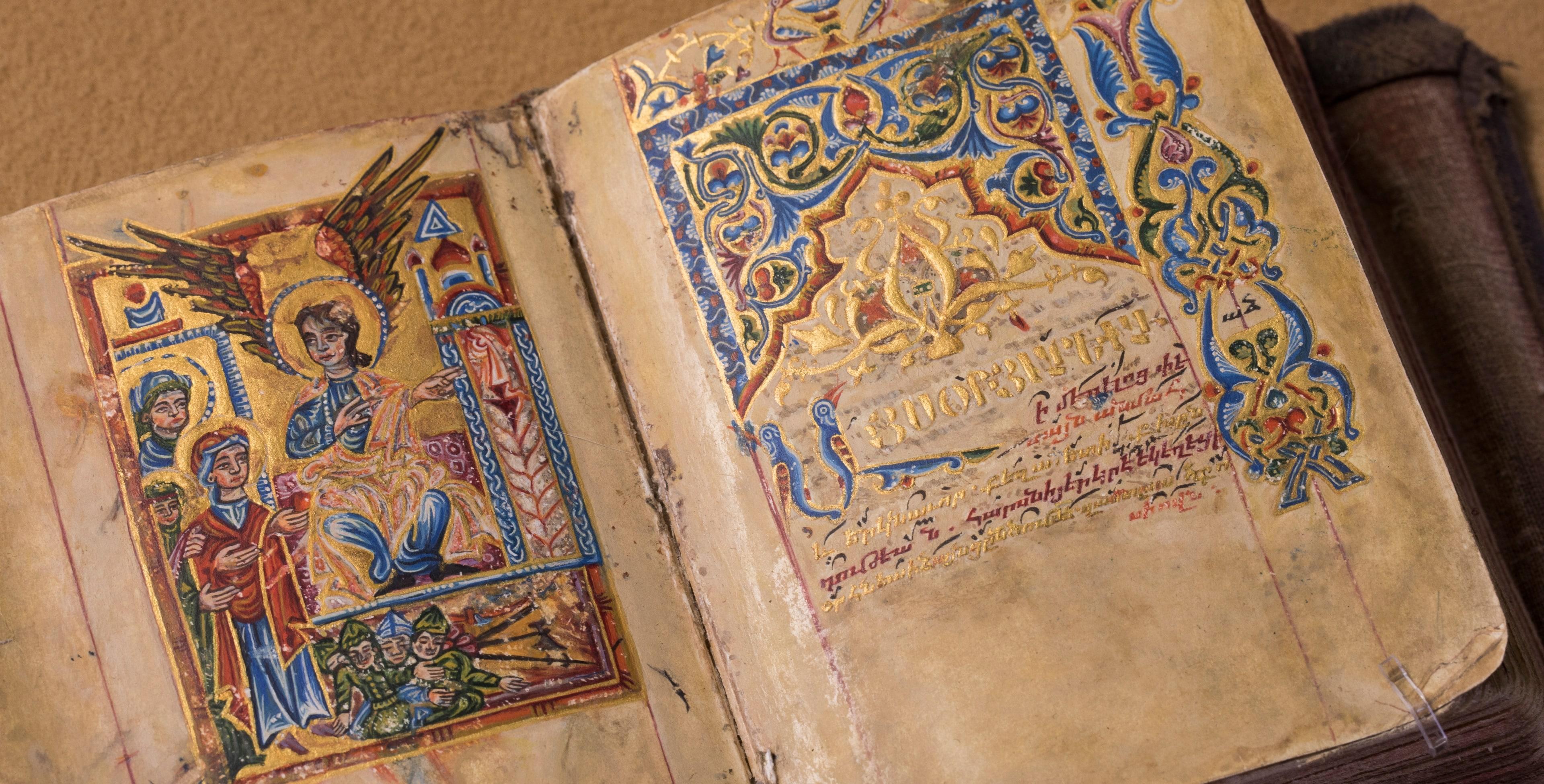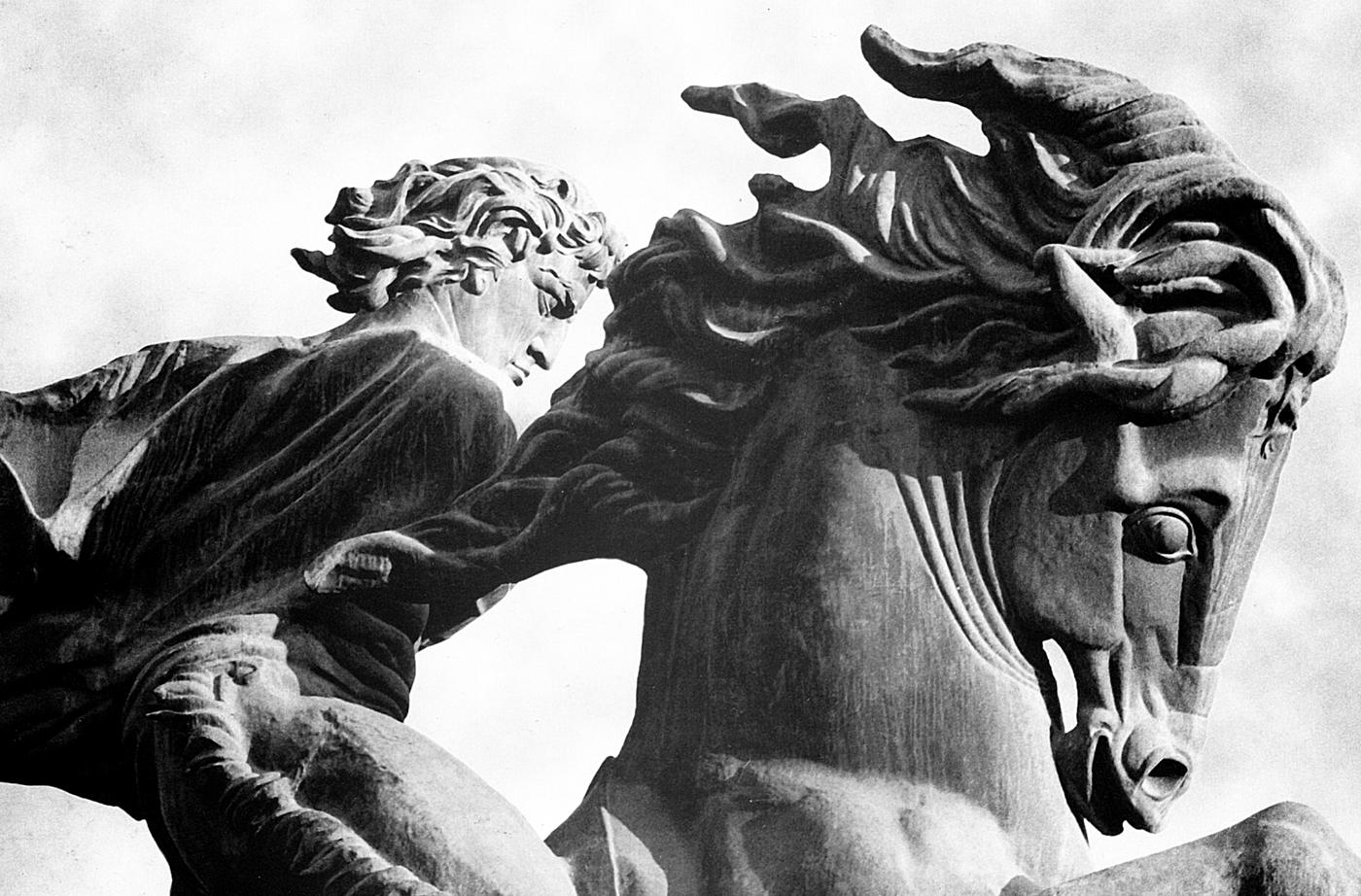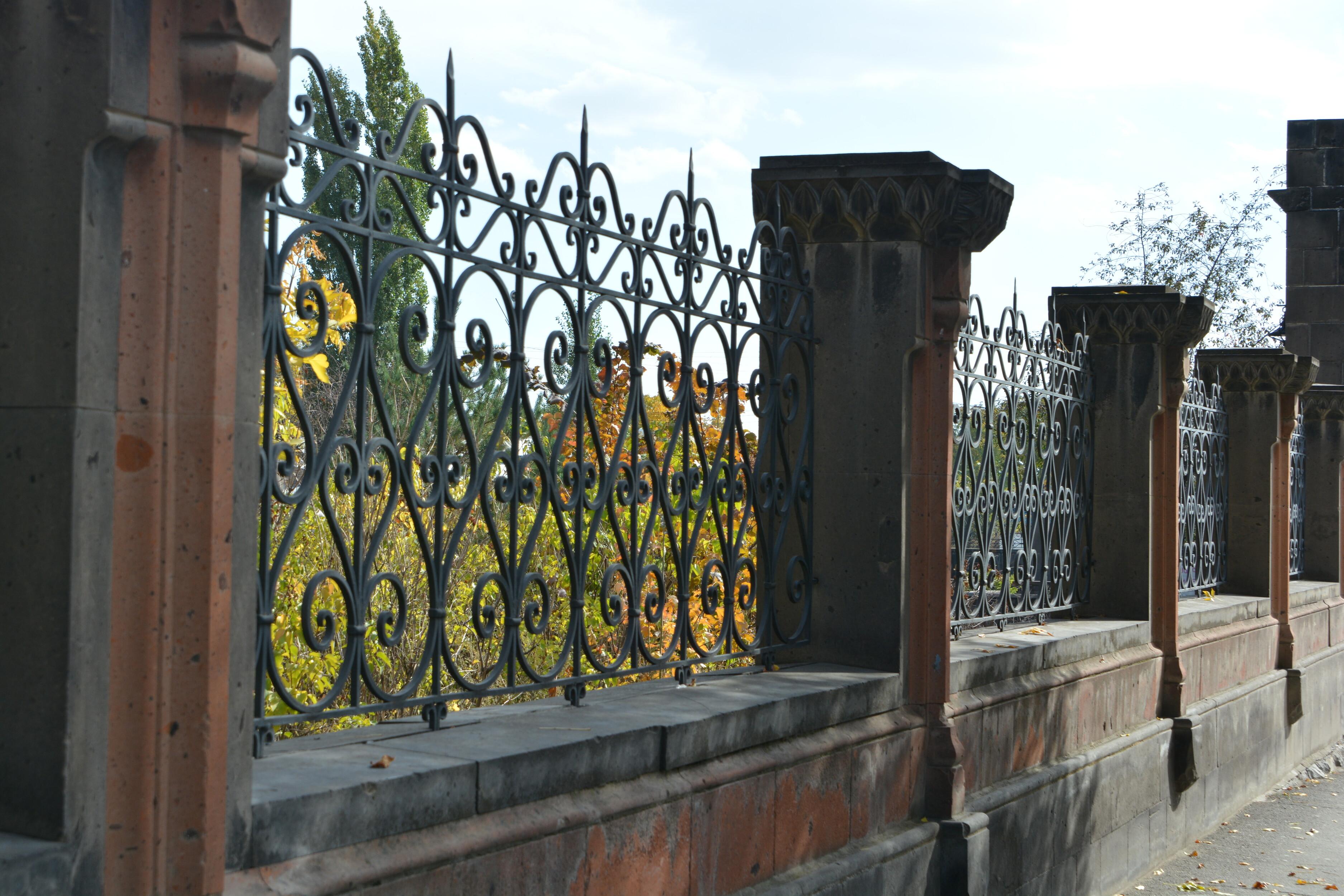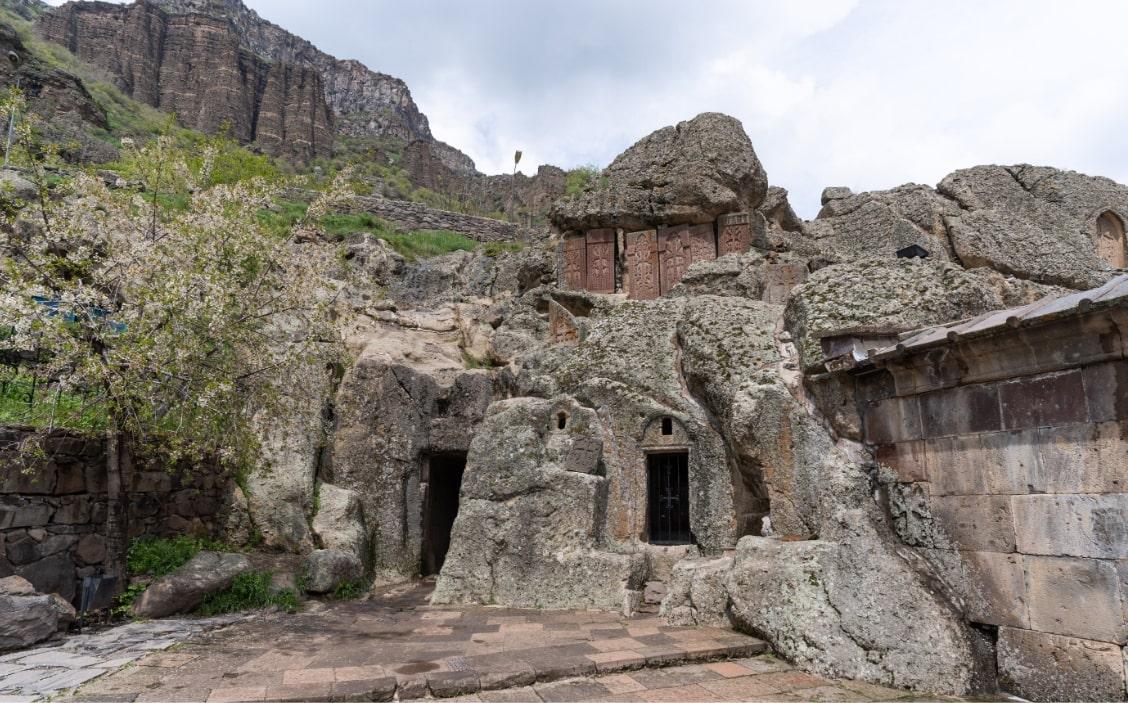Pilgrimage to the St. Thaddeus Apostle Monastery
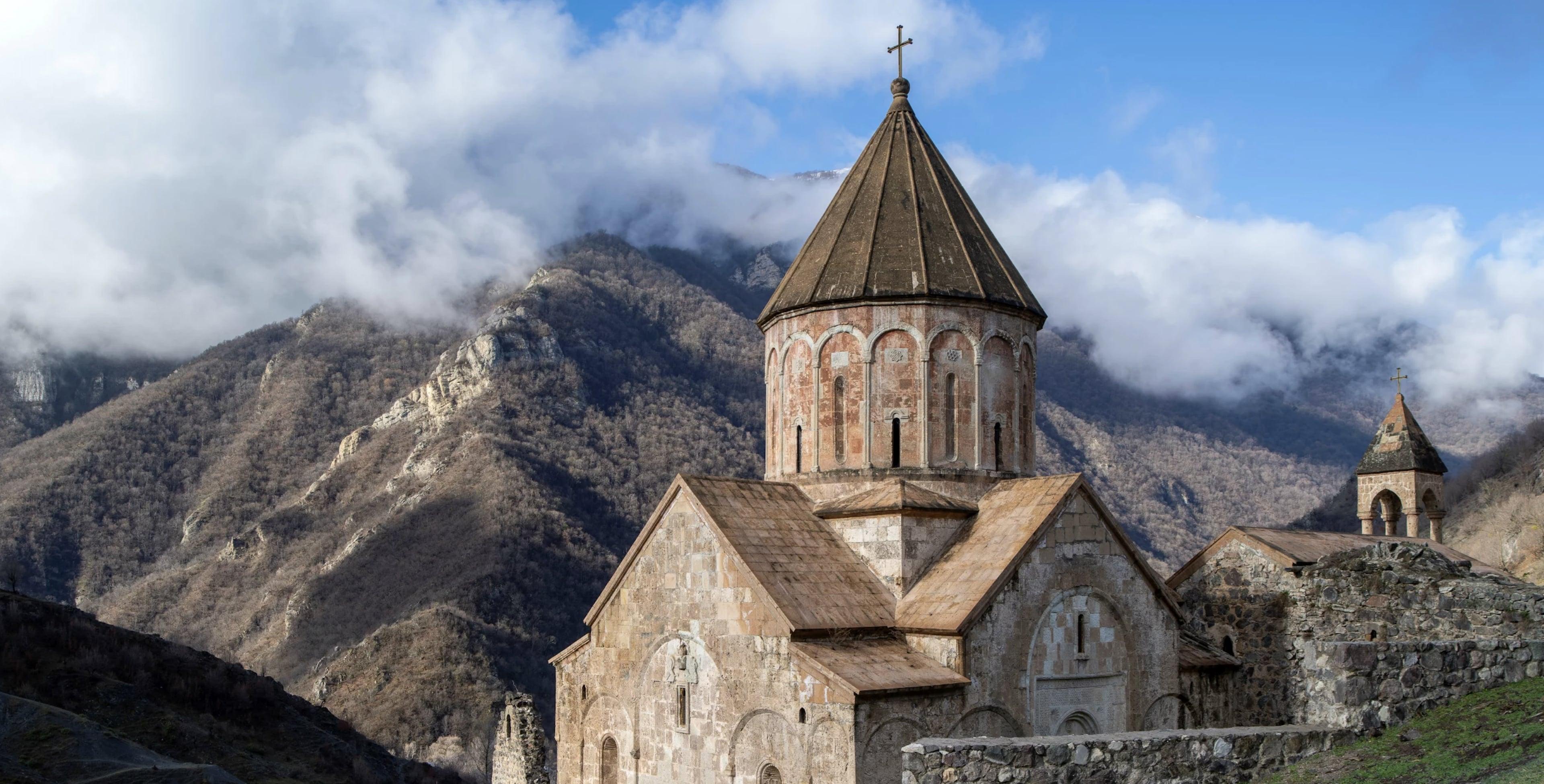
Armenian Apostolic St. Thaddeus Monastery is one of the oldest church buildings in the world. This living history is located in Iran’s Chaldoran region, about 20 km from Maku.
This monastery, wrapped in mysteries and stories, tells the narrative of Thaddeus, one of Christ's 12 apostles. The likely grave of apostle Thaddeus is within the territory of the monastery. Another legend reads that St. Gregory the Illuminator built the monastery on St. Thaddeus’ tomb, symbolizing his devotion to spreading the word of God.
A three-day pilgrimage to St. Thaddeus Apostle Monastery is a tradition attended by Iranians and Iranian-Armenians annually. It venerates St. Thaddeus and St. Santukhd, the first female Christian martyr. Iran and Armenia inscribed it on the Representative List of the Intangible Cultural Heritage of Humanity in 2020. Yet back in 2008, UNESCO included the monastery on its World Heritage List.
The bearers of the element are the Armenian population in Iran, Iranian-Armenians residing in Armenia, and followers of the Armenian Apostolic Church. Pilgrims gather in Tabriz before departing for the monastery. They cover 700 kilometers from Yerevan to the monastery annually. The commemoration ceremony includes special liturgies, processions, prayers and fasting. It culminates in a Holy Mass with Holy Communion.
Special times are set aside for traditional Armenian folk performances and Armenian dishes are served. The pilgrimage is the primary social and cultural event of the year. Because attendees reside in tents in close proximity to one another, the sense of community is enhanced. The monastery has been a pilgrimage site for over nineteen centuries.
However, during the years of Soviet power in Armenia, participating in the pilgrimage was prohibited. Bearers of the element preserved cultural memories of the pilgrimage and transmitted it to families and communities. Only after independence in the 1990s was the pilgrimage from Armenia resumed.
